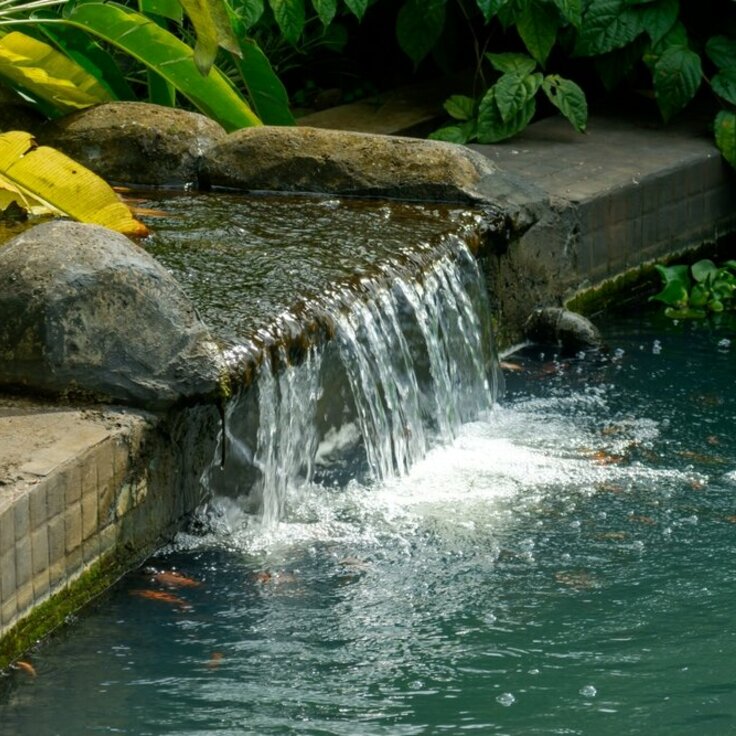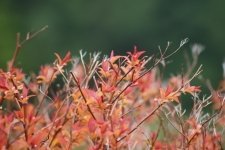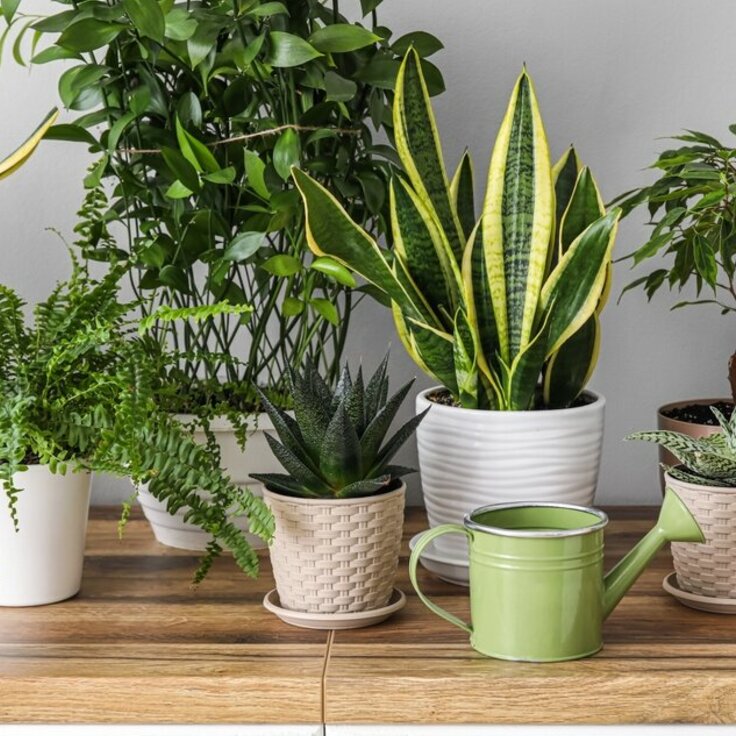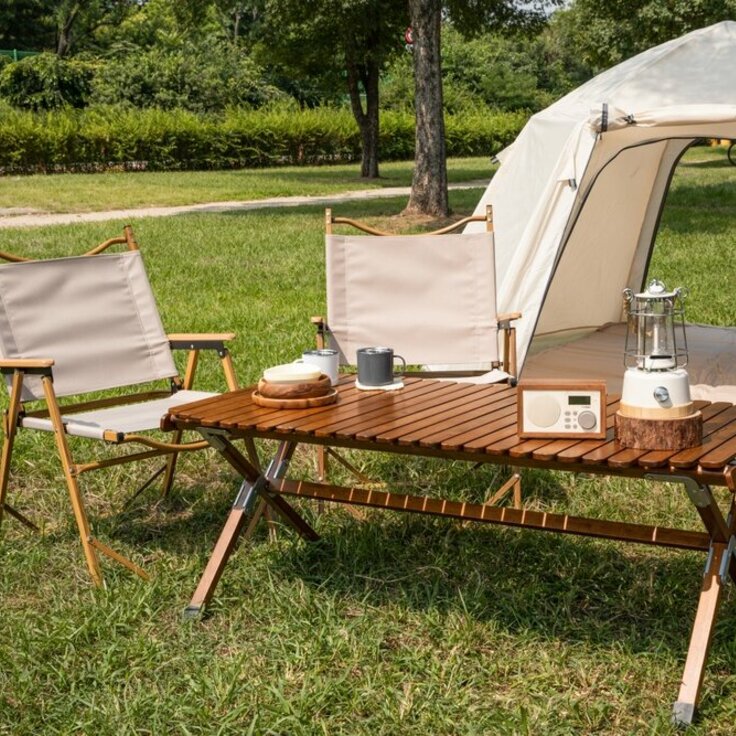Plant a Drought-Proof Garden
It's still early in the season, the time when all our thoughts turn to the magnificent new plants we will add to our landscapes and gardens this year. But if last summer is any indication of what we might encounter this summer, our thoughts should be turning to how we can drought-proof our landscapes.
Xeriscaping is a type of landscape design that uses drought-tolerant plants. It may sound exotic, but in reality it is simply a matter of familiarizing ourselves with plants that withstand dry conditions, grouping plants to make the best use of water, and employing other techniques to help conserve what water we do have.
Plants that do well in drought conditions are good choices for any landscape since they tend to take less maintenance and care to keep them looking good. Combine these ecological plant choices with careful mulching, "zoning" plants into groupings where they have similar water requirements, and practicing good culture to encourage plants to root deeply so they can make the best use of water. This approach will help create a landscape that can withstand the ravages of drought, and carry itself through the season with grace and beauty, not to mention sound ecological stewardship.
It's important to keep in mind that "drought-tolerant" applies only to plants that are well-established. Newly planted trees, shrubs, and flowers need regular watering for the first couple of years, especially during their crucial first season. Once they have well-developed root systems, they will be much better able to fend for themselves during dry periods.
Here are some good choices for hot, dry sites to get you started in selecting your landscape plants. And, remember, this is only a smattering of the possibilities out there!
Trees: Lacebark elm, gingko, Turkish hazelnut, hackberry, bur oak, green ash, scoots pine, Amur maackia, Colorado spruce, ponderosa pine, hawthorn, crab apple, Amur maple, eleagnus, honeylocust, Kentucky coffeetree
Shrubs: Spirea, rugosa rose, Indian currant coralberry, rose, Siberian peashrub, juniper, diervilla, American plum, potentilla, sumac, alpine currant, buffaloberry
Perennials and Vines: Sedum, yarrow, rudbeckia, coreopsis, daylily, artemisia, ornamental grass, compass plant, prairie dock, false indigo, joe-pye-weed, rose mallow, amsonia, butterfly weed, centaurea, cerastium, purple coneflower, baby's breath, evening primrose, Russian sage, lamb's ears, catmint, monarda, salvia , heliopsis, liatris, obedient plant, gaillardia, aster
Turfgrass: Tall fescue, hard fescue
For more information click here for The National Gardening Association.








